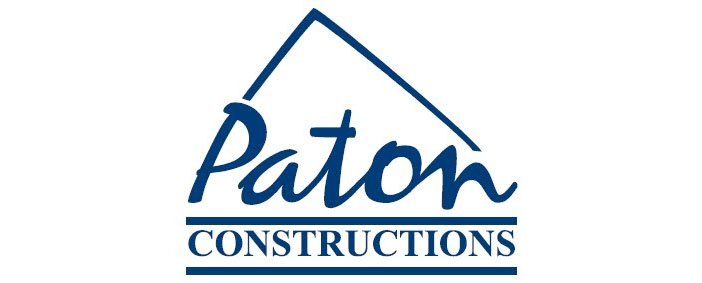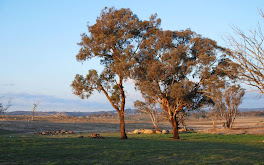
Passive design is design that does not require mechanical heating or cooling. Homes that are passively designed take advantage of natural climate to maintain thermal comfort.
Incorporating the principles of passive design in your home:
- Significantly improves comfort
- Reduces or eliminates heating and cooling bills
- Reduces greenhouse gas emissions from heating, cooling, mechanical ventilation and lighting.
Building envelope is a term used to describe the roof, walls, windows, floors and internal walls of a home. The envelope controls heat gain in summer and heat loss in winter.
Its performance in modifying or filtering climatic extremes is greatly improved by passive design.
Well designed envelopes maximise cooling air movement and exclude sun in summer. In winter, they trap and store heat from the sun and minimise heat loss to the external environment.
The fundamental principles of passive design, explained above are relatively simple and can be applied to the various climate zones, house types and construction systems in Australia. To explain all of these combinations in sufficient detail, information has been divided into separate fact sheets as follows:
This information is from Your Home A joint initiative of the Australian Government and the design and construction industries







No comments:
Post a Comment